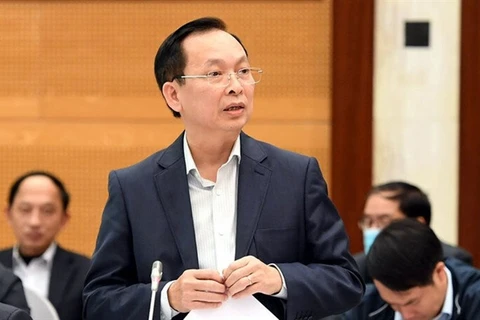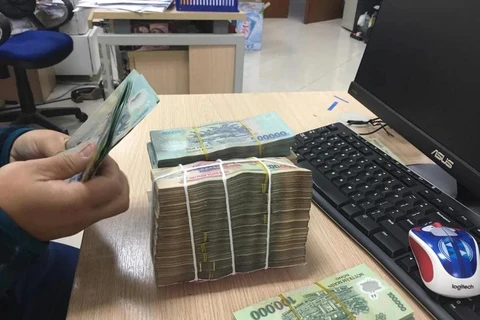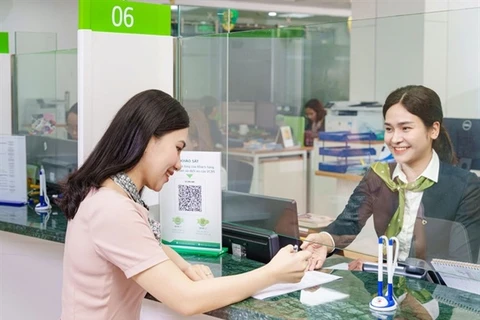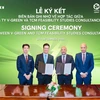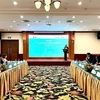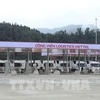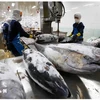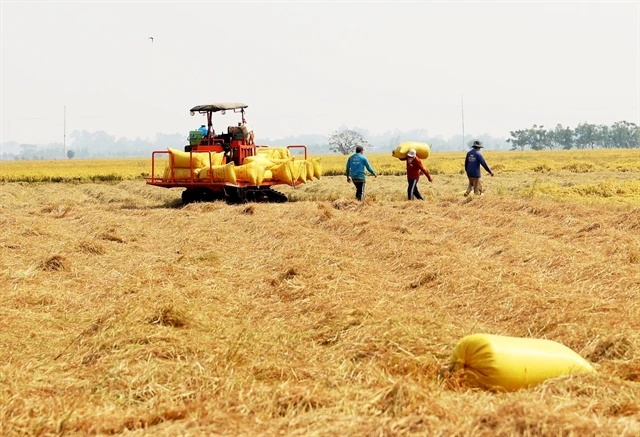
Hanoi (VNS/VNA) - The State Bank of Vietnam (SBV) has launched a programme offering low-interest loans to farmers to serve sustainable rice production in the Mekong Delta.
The programme is a step towards realising the Government’s goal of cultivating 1 million hectares of high-quality rice cultivated in the delta by 2030, with low carbon emissions from farming.
The goal was specified in Decision 1490, issued by the Prime Minister on November 27, 2023.
Under the SBV’s guidance, credit institutions are required to offer farmers and rice producers a preferential loan interest rate that is at least 1% lower than the rate currently applied to customers of the same loan term, or in the same customer segment.
This is intended to help borrowers meet the short, medium, and long-term capital needs for all stages of the rice supply chain, from production and purchasing to processing and consumption.
The credit institutions must proactively balance their capital sources and reduce costs to offer the preferential rate, the SBV said.
The loan programme will be implemented in two phases.
The first phase is a pilot phase, which will run until the end of 2025, with the Vietnam Bank for Agriculture and Rural Development (Agribank) serving as the main lending bank.
The second phase will be from the end of the pilot until 2030, carried out by other banks and credit institutions.
The SBV has sent guiding documents to the People's Committees of provinces and cities in the Mekong Delta, as well as to credit institutions, foreign bank branches, and its branches in the delta, regarding the implementation of the programme.
However, the total capital needed to be raised is unclear at the moment, as the actual costs for different stages of rice production have not been identified by the Ministry of Agriculture and Rural Development and the People’s Committees of concerned cities and provinces.
In principle, the disbursement capacity depends on the actual capital absorption capability of rice producers and other participants in the rice supply chain./.
